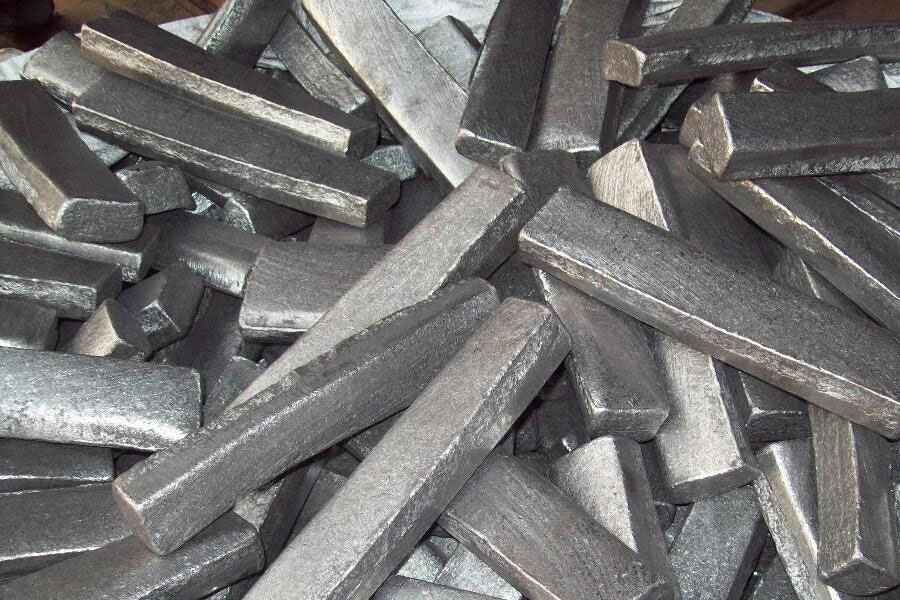“The lathe is afraid of the pole.” This sentence reflects the difficulty of turning slender rods. Due to the characteristics and technical requirements of slender shafts, high-speed turning is prone to defects such as vibration, polygonal edges, slubs, poor cylindricity, and bending. If you want to make it run smoothly, you must pay full attention to the problems in the process
1.Machine adjustment
The connection between the lathe spindle and the two centerlines of the tailstock must be parallel to the upper, lower, left and right sides of the large guide rail of the lathe, and the tolerance should be less than 0.02mm.
2.Workpiece installation
During installation, try not to over-position. When clamping one end with a chuck, do not exceed 10mm.
3.Cutter
Use κr = 75 ° ~ 90 ° partial knife, pay attention to the auxiliary angle α′o≤4 ° ~ 6 °, it should not be large. The tool should be mounted slightly above the center.
4.Follow the knife holder
After the installation with the tool holder, it must be trimmed. The method of trimming can be grinding, reaming, boring, etc., so that the arc surface contacting the tool holder claw with the workpiece R≥ the radius of the workpiece must not be less than the radius of the workpiece to prevent Polygonal. When adjusting with the tool holder claws, just make the claws contact the workpiece. Do not apply force to prevent the occurrence of slubs.
5.Auxiliary support
When the length-to-diameter ratio of the workpiece is greater than 40, an auxiliary support should be added during the turning process to prevent the workpiece from being shaken due to vibration or centrifugal force. Pay attention to the adjustment of the tip during the cutting process. It is advisable to just top the workpiece, not tight, and adjust it at any time to prevent the workpiece from thermal expansion and deformation.
